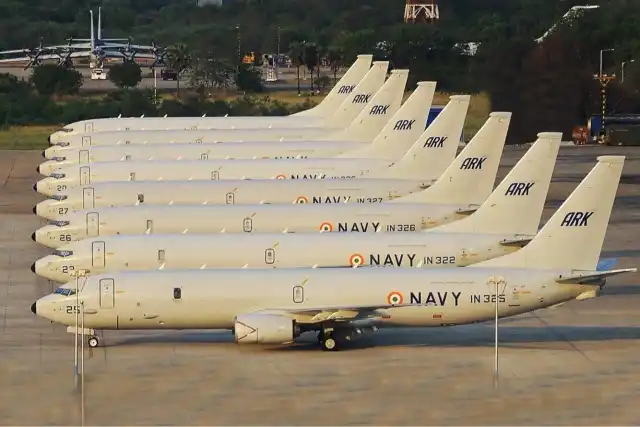The Indian Navy is finalizing a $4 billion deal with Boeing to acquire six additional P-8I Poseidon long-range maritime patrol aircraft by mid-2026. Sources indicate that recent negotiations in New Delhi with a Boeing delegation have resolved earlier pricing disputes caused by U.S. tariff increases, putting the project back on track for approval by the Cabinet Committee on Security. The expansion will take India’s P-8I fleet to 18 aircraft, enhancing its surveillance and anti-submarine capabilities across the Indian Ocean—from the Arabian Sea to the Malacca Strait.

Talks Back on Track After Tariff Dispute
The deal had stalled in August 2025 when the cost ballooned from $2.4 billion to nearly $4 billion following U.S. tariffs on Russian oil imports, straining India-U.S. defense discussions. However, a September visit by senior Boeing officials helped close the gap. Both sides agreed on revised terms, including new offset packages, local manufacturing components, and the integration of India’s indigenously developed NASM-MR anti-ship missile.
Strengthening Strategic Partnerships
The breakthrough comes after high-level talks during the 2+2 Ministerial Dialogue and follows Prime Minister Modi’s September 2025 meeting at the White House, where expanding the P-8I fleet and joint engine production under the GE F414 project were top priorities. The renewed engagement underscores a resilient defense partnership between India and the U.S., despite earlier trade tensions.
Boost to Indigenous Capability and Self-Reliance
The upcoming P-8I batch will feature greater localization, with 20% of work offset to Indian industry through maintenance, repair, and overhaul (MRO) facilities at INS Rajali. Indigenous elements such as DRDO’s NASM-MR missiles and Uttam AESA radar integration will also advance the Atmanirbhar Bharat agenda in defense technology.
Expanding India’s Maritime Surveillance Reach
Since the first P-8I induction in 2013, the Indian Navy has logged over 35,000 flight hours, using the aircraft for anti-submarine operations and surveillance missions in the Indian Ocean. The current fleet of 12 aircraft, equipped with Harpoon missiles and sonobuoy systems, operates mainly from INS Rajali in Tamil Nadu. With six more aircraft, the Navy will be able to sustain continuous coverage over critical sea lanes and choke points, especially in light of China’s growing submarine presence.
Future Upgrades and Extended Reach
The new aircraft are expected to include upgrades such as integration of the Long-Range Anti-Ship Missile (LRASM), extending strike capability beyond 500 km. With deliveries projected to begin by 2029, the Indian Navy aims to ensure round-the-clock monitoring of its 7,500-km Exclusive Economic Zone (EEZ) and strengthen its maritime deterrence posture in the Indo-Pacific region.
